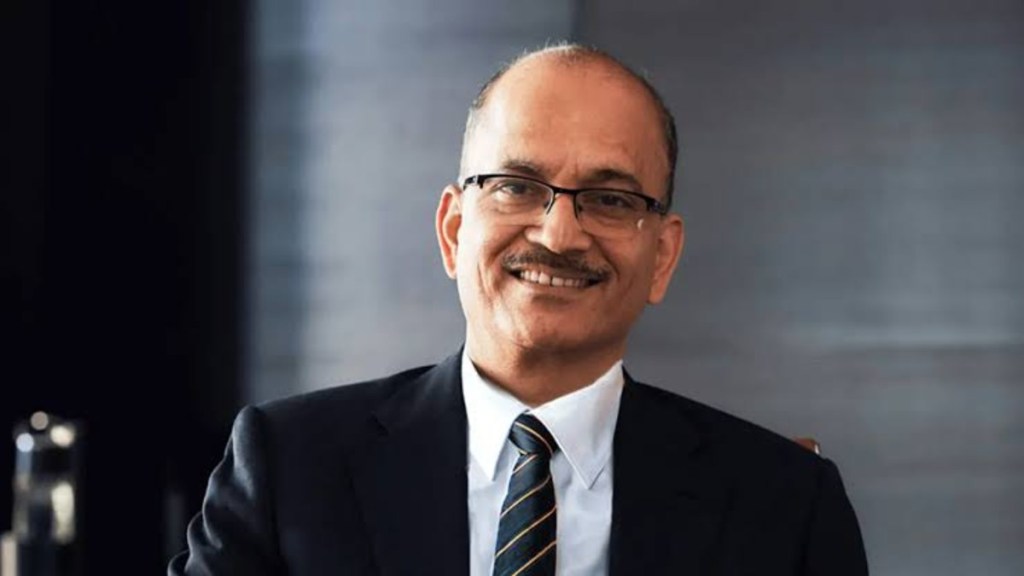Hindustan Unilever (HUL) is confident of stronger growth in FY26, after delivering a 2% revenue growth in FY25, chairman Nitin Paranjpe said on Monday.
“We are working on strengthening our portfolio with the new ‘Aspire’ framework. This strategy is aimed at not only strengthening our core, but also the future core and new segments which we are going to develop,” Paranjpe said at the company’s ninety-second annual general meeting (AGM).
The country’s largest consumer goods company is aiming for a 10% earnings growth over the medium to long term. It has also put a new strategy in place codenamed ‘Aspire’ to strengthen its portfolio, Paranjpe said, while addressing shareholder queries virtually, adding that it is designed to meet growing aspirations of consumers with timely interventions in the marketplace.
The domestic fast-moving consumer goods (FMCG) sector is likely to see an improvement in market conditions in FY26, led by a stronger rural economy and higher disposable incomes, he said.
Volume growth of the maker of Lux soaps and Dove shampoos in FY26 is also likely to improve, he said, as commodity inflation is expected to be benign despite some volatility in crude oil, owing to geopolitical issues. In FY25, HUL delivered volume growth of around 2-4%, according to its financial results for the period.
Paranjpe also said that the company has scaled up its digital marketing focus, with 40% of its advertising spend now directed towards digital media. This, along with the company’s overall focus on driving new ways of demand generation, strengthening its position in the channels of the future, is all aimed at tapping rapidly evolving consumer tastes across platforms.
“We have always listened closely to our consumers, rooting ourselves in the very cultural fabric of India,” he told shareholders. “India, however, is changing faster than ever. Consumers today are more aspirational, with sentiments, tastes, and preferences evolving rapidly. As a company, we have become more obsessive about ‘sensing’ what consumers want and need, and ‘delivering’ at the right place and time,” he added.
The company is also laying special emphasis on innovation with over 25% of its Rs 60,000-crore turnover coming from products that did not exist a decade ago, Paranjpe said.
HUL has also embedded sustainability across its value chain through its ‘Compass’ strategy, aiming to make sustainable living commonplace. This strategy leverages digital and data to become an intelligent enterprise, while maintaining a vigilant focus amidst stiff competition to continue delivering strong growth and returns.
The HUL chairman also spoke about India’s progress in digital commerce, highlighting the role of the Open Network for Digital Commerce (ONDC) in bringing sellers and buyers onto a single platform. “Projections indicate ONDC’s e-commerce gross merchandise value (GMV) is expected to grow to a massive 30%…potentially reaching $1 trillion… When ONDC achieves UPI’s ubiquity, it will democratise commerce and foster inclusive growth,” he said.
At a broader level, Paranjpe said that companies should consider the environmental impact of their actions when pursuing growth. “One-third of our nation’s GDP comes from nature-dependent sectors. It is estimated that the climate crisis could cost India between 6% to 10% of its national income by 2100, potentially pushing 50 million people back into poverty,” he said.

